26th August, 2025
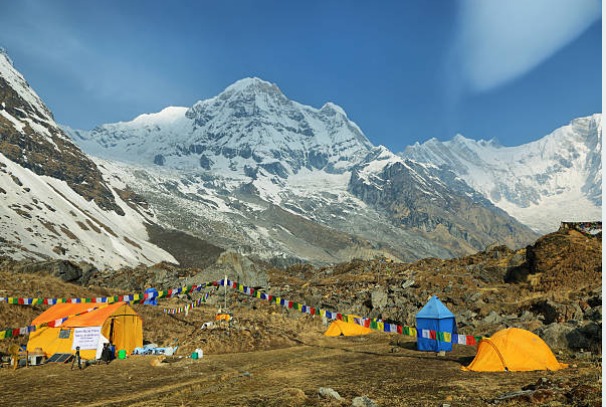
Sep 25, 2023
Annapurna Base Camp Trek In August
- Weather, Climate & Temperature in ABC Trek in August
- Tips for Annapurna Base Camp Trek in August
- Acclimatization and Altitude Sickness during ABC Trekking
- Estimated Cost of Annapurna Base Camp Trek in August
- Preparation Before the Annapurna Base Camp Trek Starts
- Packing Lists for Annapurna Base Camp Trek in August
- Highlights of ABC Trek in August
- Why Annapurna Base Camp Trek in August
- Is it Safe to Trek to ABC in August?
- Guide, Porter, Food, and Permit
- Can I do Annapurna Base Camp Trek from Pokhara?
- Can I do ABC Trek without a Guide?
- Conclusion
- Annapurna Base Camp Trekking packages
The Annapurna Base Camp (ABC) trek, set amidst the awe-inspiring Annapurna massif in Nepal, is a renowned adventure that draws trekkers from around the world. Embarking on this trek in August offers a distinctive experience, shaped by the monsoon season’s dynamic weather. While August is less traditional for trekking due to the heavy rains, it presents a unique opportunity to explore this spectacular region in a lush, verdant setting.
August falls in the heart of the monsoon season, characterized by frequent rain showers and high humidity. The trails are often covered in a blanket of vibrant green, thanks to the lush vegetation and blooming wildflowers that flourish during this period. The dramatic weather patterns bring a refreshing vitality to the landscape, with rivers and waterfalls at their most vigorous and spectacular. This verdant transformation makes for some of the trek's most captivating views, though it also means dealing with muddy trails and occasional landslides.

GHOREPANI POON HILL ABC TREK
This is a classic trek, visiting Ghorepani (2874m), Poon Hill (3210m) & Annapurna Base Camp (4130m) - all within the Annapurna Conservation Area.Annapurna is a Sanskrit name which literally means...
Despite the challenges posed by the monsoon, trekking in August offers several advantages. The quieter trails mean fewer crowds, allowing for a more serene and personal trekking experience. The cooler temperatures at high altitudes provide relief from the summer heat found in lower regions. For those prepared to embrace the unpredictable weather and navigate the damp conditions, the August trek to Annapurna Base Camp promises a rewarding adventure amid nature’s vivid display and breathtaking mountain scenery.
Weather, Climate & Temperature in ABC Trek in August
In August, the weather on the Annapurna Base Camp (ABC) trek is heavily influenced by the monsoon season. Expect frequent and substantial rainfall, which brings high humidity and lush vegetation to the region. Daytime temperatures in the lower altitudes, such as Nayapul and Pokhara, range from 20°C to 25°C (68°F to 77°F), while temperatures at ABC can drop to around 5°C to 10°C (41°F to 50°F) during the night. The constant rain often results in slippery trails and muddy conditions, making trekking more challenging. However, the monsoon also revitalizes the environment, resulting in vibrant green landscapes and powerful waterfalls. Visibility can be compromised due to mist and clouds, but there are also clear periods that offer stunning views of the Annapurna and Dhaulagiri ranges. It is important to be prepared for sudden weather changes and ensure that your gear is waterproof. While the weather in August poses some challenges, it also provides a unique opportunity to experience the Himalayas in their most lush and dynamic state.

ANNAPURNA BASE CAMP TREK
The Annapurna Base Camp (ABC) Trek via Ghorepani Poon Hill Trek offers a truly unforgettable Himalayan adventure, combining stunning panoramic views with the rich cultural tapestry of the region. This...
Tips for Annapurna Base Camp Trek in August
Trekking to Annapurna Base Camp (ABC) in August requires specific preparations to handle the monsoon season effectively. First, ensure you have high-quality waterproof gear, including a rain jacket, pants, and a rain cover for your backpack. Sturdy trekking shoes with good traction are crucial for navigating muddy and slippery trails. Bring trekking poles to aid balance and reduce the risk of falls. Given the frequent rain, it's advisable to carry extra dry clothing and gear to stay comfortable. Accommodations can be limited due to the lower number of trekkers, so booking in advance is recommended. Carry enough high-energy snacks and water purification tablets, as food and water sources can be less predictable. Be prepared for potential altitude sickness; ascending slowly and allowing acclimatization days is essential. Flexibility is key; be ready to adapt your itinerary based on weather conditions and trail accessibility. Embrace the monsoon season’s unique beauty and enjoy the quieter trails. With proper preparation and a positive attitude, trekking to ABC in August can be a rewarding adventure amidst the vibrant and lush Himalayas.
Acclimatization and Altitude Sickness during ABC Trekking
Acclimatization is critical when trekking to Annapurna Base Camp (ABC) due to the significant altitude gain and the risk of altitude sickness. The trek ascends to over 4,000 meters (13,000 feet), where oxygen levels are lower. To reduce the risk of altitude sickness, it’s essential to acclimatize properly. Follow a gradual ascent, allowing your body time to adjust to the thinning air. Incorporate acclimatization days into your itinerary, such as resting at places like Ghorepani or Chhomrong, to help your body adapt. Common symptoms of altitude sickness include headaches, nausea, dizziness, and shortness of breath. If these symptoms occur, it's important to descend to a lower altitude immediately and seek medical assistance if necessary. Staying hydrated, eating a high-carbohydrate diet, and avoiding alcohol can aid in acclimatization. Carrying medications like Diamox (acetazolamide), if prescribed by a healthcare provider, can help mitigate symptoms. Adequate preparation and awareness of altitude sickness are crucial for a safe and enjoyable trek. By taking these precautions, you can enhance your chances of a successful and comfortable journey to Annapurna Base Camp.
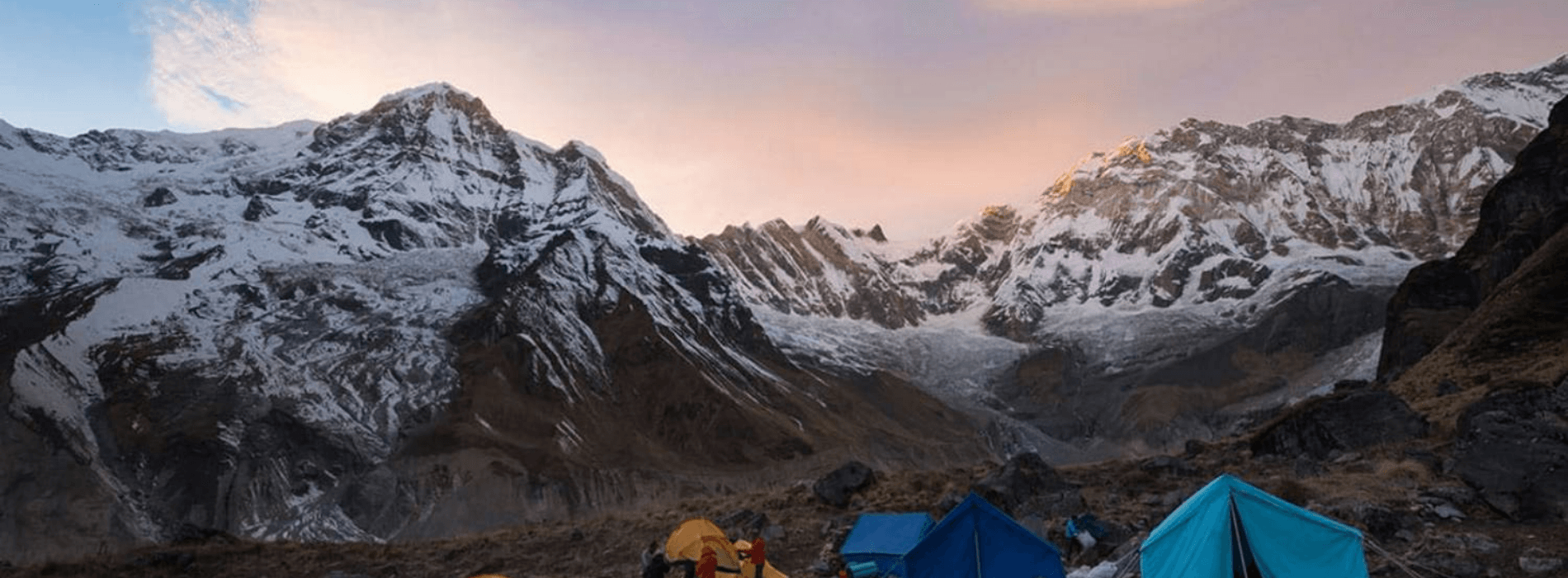
ANNAPURNA BASE CAMP TREK 6 DAYS
The 6 days Annapurna Base Camp Trek is an ideal adventure for those people who have a tight schedule but still want to experience the amazing landscape and the fascinating lifestyles of the Gurung cul...
Estimated Cost of Annapurna Base Camp Trek in August
The cost of trekking to Annapurna Base Camp (ABC) in August varies depending on several factors such as the type of services, group size, and personal preferences. On average, the cost ranges from $600 to $1,200 per person. This estimate generally includes permits, guide and porter fees, accommodation, and some meals. The Annapurna Conservation Area Permit (ACAP) and TIMS card typically cost around $50 to $60 combined. Hiring a guide costs approximately $20 to $30 per day, while a porter might charge between $15 to $25 per day. Teahouse accommodations along the trek usually range from $5 to $15 per night, with meal costs averaging $5 to $10 per meal. Additionally, transportation from Kathmandu or Pokhara to Nayapul can add $50 to $100 to your budget. It’s also wise to account for personal expenses, tips, and emergency funds. Planning and booking in advance can help manage costs effectively. Ensure you have a comprehensive budget and consider all possible expenses for a smoother and more enjoyable trekking experience.
Preparation Before the Annapurna Base Camp Trek Starts
Preparation is crucial for a successful Annapurna Base Camp (ABC) trek, particularly in August. Begin by securing necessary permits, including the Annapurna Conservation Area Permit (ACAP) and TIMS card, which are required for trekking in the region. Consult with a trekking agency or local experts to finalize your itinerary and make accommodation arrangements, as August’s monsoon season can affect availability. Physical preparation is essential; engage in cardiovascular exercises, strength training, and practice hikes to build endurance. Familiarize yourself with altitude sickness symptoms and preventive measures, and consult a healthcare provider about any necessary vaccinations or medications. Pack essential gear, including waterproof clothing, sturdy trekking boots, and a high-quality rain cover for your backpack. Ensure you have navigation tools such as maps and a GPS device. Travel insurance that covers trekking activities is also important. Review weather forecasts and be prepared to adjust your plans if necessary due to the monsoon conditions. By thoroughly preparing, you can enhance your trekking experience and handle the challenges of the monsoon season more effectively.
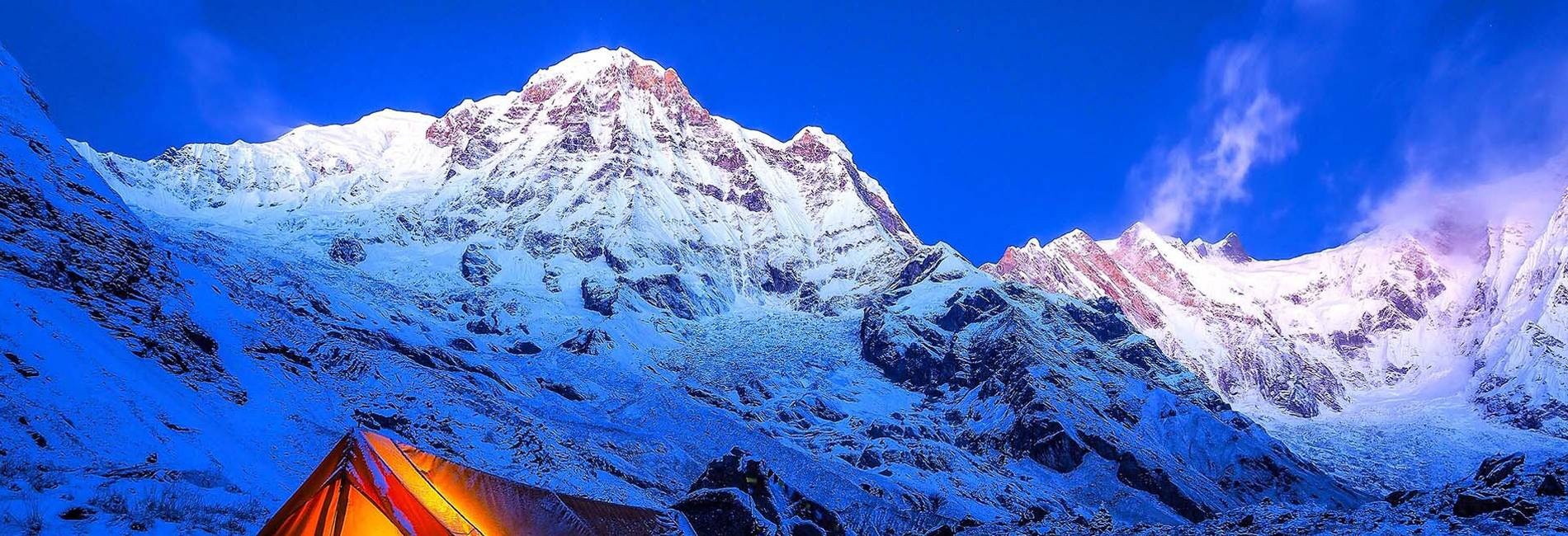
ANNAPURNA BASE CAMP TREK 8 DAYS
The 8 days Annapurna Base Camp Trek is the most popular and amazing trek in the Annapurna region which offers combines remarkable Himalaya vistas, traditional Gurung and Magar village life, and dense...
Packing Lists for Annapurna Base Camp Trek in August
Packing appropriately for the Annapurna Base Camp (ABC) trek in August is essential due to the monsoon season. Here’s a recommended packing list:
- Clothing:
- Waterproof jacket and pants to stay dry in heavy rain
- Lightweight, moisture-wicking base layers for comfort
- Insulating fleece or down jacket for cold temperatures at higher altitudes
- Trekking pants and shorts
- Warm hat and gloves for cooler nights
- Sun hat and UV-protection sunglasses
- Footwear:
- Waterproof trekking boots with good ankle support and grip
- Lightweight trekking shoes or sandals for resting
- Gear:
- Trekking poles to aid stability on slippery trails
- Durable backpack with a rain cover
- Sleeping bag rated for cold temperatures
- Personal first aid kit and essential medications
- Water bottles and purification tablets
- Miscellaneous:
- High-energy snacks and food for energy
- Sunscreen and lip balm with SPF
- Camera and extra batteries
- Maps and GPS device for navigation
- Documents:
- Annapurna Conservation Area Permit (ACAP)
- TIMS card
- Travel insurance details
This packing list will help you stay comfortable and prepared for the diverse conditions of the ABC trek in August, ensuring a more enjoyable and successful adventure.
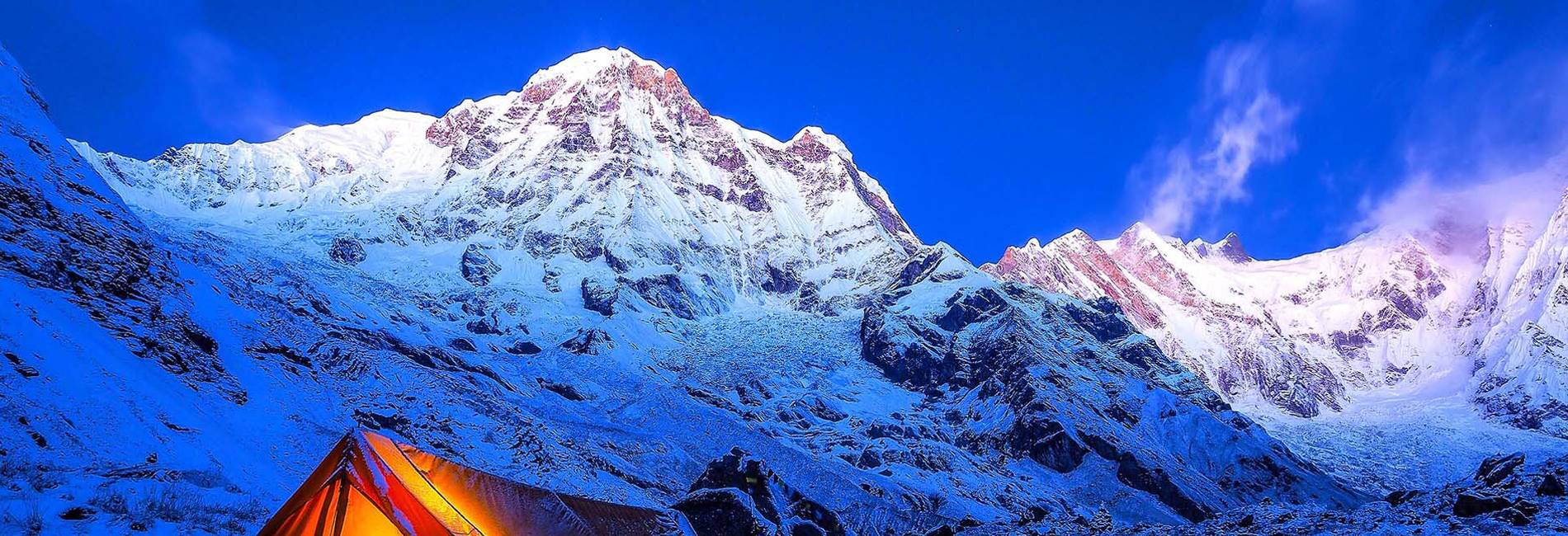
13 DAYS ANNAPURNA BASE CAMP TREK
Discover why “The Annapurna Base Camp (ABC) trek is world-famous. Here is a sample of soaring snow-capped peaks you will see along the trail: Mt. Dhaulagiri (8167m), Mt. Annapurna I (8091m) Mt. M...
Highlights of ABC Trek in August
Trekking to Annapurna Base Camp (ABC) in August offers a unique and lush experience, shaped by the monsoon season. During this time, the landscape transforms into a vibrant green oasis, with flourishing rhododendron forests, blooming wildflowers, and gushing waterfalls. The heavy rainfall rejuvenates the region, resulting in dramatic views of cascading waterfalls and lush, terraced fields. Despite the occasional mist and cloudy conditions, trekkers can enjoy quieter trails due to the lower number of visitors. The monsoon season also enhances the natural beauty, providing a fresh, invigorating atmosphere. The trails are surrounded by misty clouds and the Annapurna and Dhaulagiri ranges often appear majestic and serene amidst the monsoon’s embrace. Additionally, the cooler temperatures at higher altitudes offer a pleasant contrast to the heat in lower regions. The combination of fewer crowds, vibrant scenery, and invigorating weather makes the trek in August a memorable and unique adventure, ideal for those seeking solitude and nature’s dramatic displays.
Why Annapurna Base Camp Trek in August
Choosing to trek to Annapurna Base Camp (ABC) in August can be an extraordinary experience despite the monsoon challenges. This period offers a distinctive opportunity to witness the Himalayas in their lushest and most vibrant state. The monsoon rains bring life to the landscape, resulting in breathtakingly green hills, full rivers, and spectacular waterfalls. August’s quieter trails provide a more peaceful and intimate trekking experience compared to the busier seasons. The cool temperatures at higher elevations are a relief from the summer heat found in lower regions. Moreover, the rain often clears up, providing stunning views of the Annapurna and Dhaulagiri ranges. For those who appreciate solitude and the natural rejuvenation brought by the monsoon, trekking in August presents a chance to experience the Annapurna region’s serene beauty and dramatic landscapes in a unique way. With proper preparation and flexibility, trekking to ABC in August can be both a rewarding and less crowded adventure.
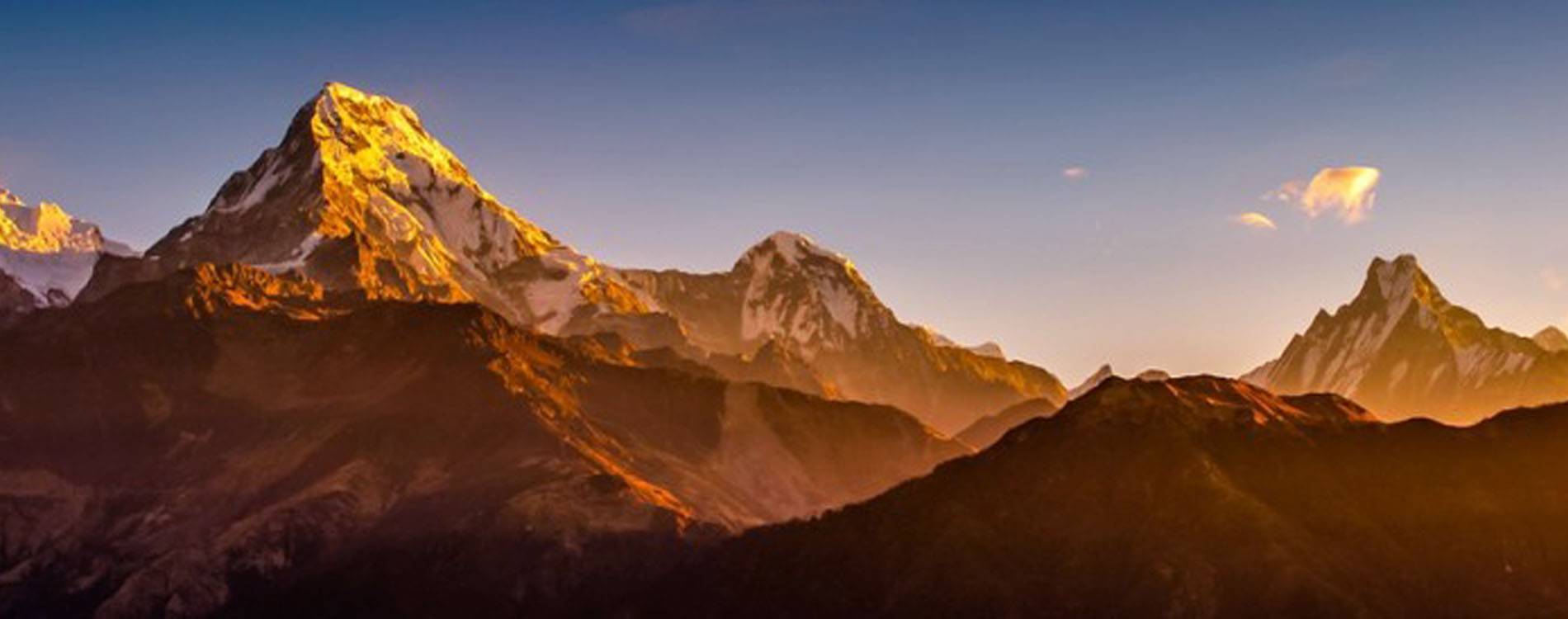
12 DAYS ANNAPURNA BASE CAMP TREK
DOUBLE THE ADVENTURE IN JUST 12 DAYS! The 12 Day Annapurna Base Camp Trek combines two well-known and popular treks into one - the Ghorepani Poon Hill Trek and the Annapurna Base Camp Trek (ABC)....
Is it Safe to Trek to ABC in August?
Trekking to Annapurna Base Camp (ABC) in August involves certain risks due to the monsoon season, but it can be safe with adequate preparation. August brings heavy rainfall, which can lead to slippery trails, muddy paths, and an increased risk of landslides. To ensure safety, trekkers should carry high-quality waterproof gear, including a rain jacket, pants, and trekking poles for better stability. It’s also important to wear waterproof and durable trekking boots. While the risk of altitude sickness remains, it is manageable with gradual ascent and proper acclimatization. Keep an eye on weather forecasts and be prepared to adjust your plans if necessary. Local guides and porters can provide valuable support, particularly in navigating tricky conditions. Additionally, staying hydrated, carrying emergency supplies, and being aware of potential altitude sickness symptoms are crucial. Overall, with careful planning, appropriate gear, and flexibility, trekking to ABC in August can be a safe and rewarding adventure amidst the monsoon’s unique challenges.
Guide, Porter, Food, and Permit
When undertaking the Annapurna Base Camp (ABC) trek in August, organizing essential services like guides, porters, food, and permits is crucial for a smooth journey. Hiring a local guide and porter is highly recommended, especially during the monsoon season. Guides offer valuable insights into the route and weather conditions, while porters assist with carrying your gear, making the trek more manageable. The Annapurna Conservation Area Permit (ACAP) and TIMS (Trekkers' Information Management System) card are mandatory and can be obtained in Kathmandu or Pokhara. These permits ensure access to the region and support local conservation efforts. Food along the trek is typically provided by teahouses, which offer a range of local and international dishes. However, it’s advisable to carry some high-energy snacks for convenience. Make sure to book your accommodations in advance, as availability can be limited. Proper arrangements for guides, porters, and permits will enhance your trekking experience, ensuring a smoother and more enjoyable adventure in the Annapurna region.
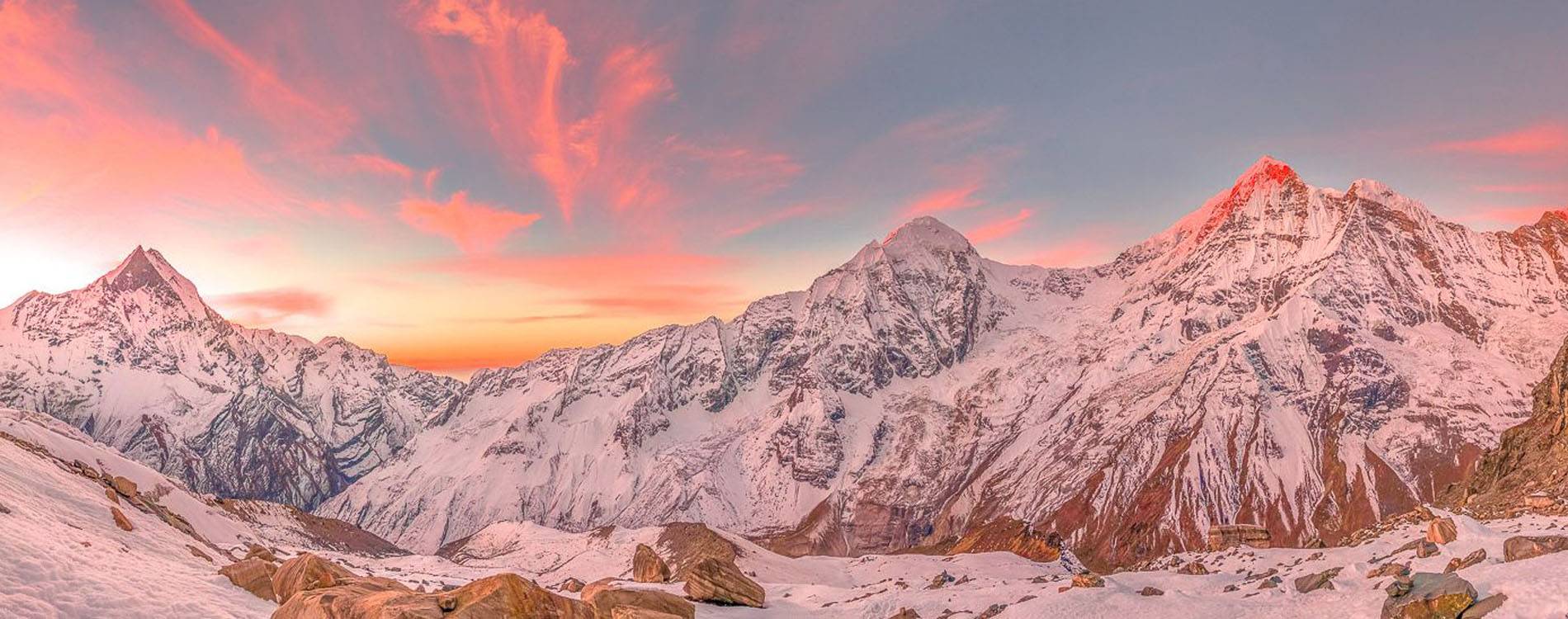
7 DAYS ANNAPURNA BASE CAMP TREK
Short on time – big on beauty!The 7 days Annapurna Base Camp Trek takes you to all the major attractions – but in less time than other treks to the Annapurna region. Take in the spectacular soaring sn...
Can I do Annapurna Base Camp Trek from Pokhara?
Yes, it is possible to start the Annapurna Base Camp (ABC) trek from Pokhara, which is a common choice for many trekkers. Pokhara serves as a convenient gateway to the Annapurna region, located approximately 200 kilometers from Kathmandu. From Pokhara, you can take a bus or private vehicle to Nayapul, the trek’s starting point. The drive from Pokhara to Nayapul usually takes about 1.5 to 2 hours. Starting from Pokhara offers several advantages, including a chance to acclimate to the lower altitudes before the trek and to enjoy the scenic beauty of the area. Additionally, Pokhara provides a range of accommodation and service options that can assist with last-minute preparations. The trek then proceeds through picturesque villages and lush landscapes, gradually ascending towards Annapurna Base Camp. By starting from Pokhara, trekkers can benefit from a more relaxed approach and a smoother transition to the trekking route, making it a practical and enjoyable option.
Can I do ABC Trek without a Guide?
Yes, it is possible to trek to Annapurna Base Camp (ABC) without a guide, but it requires careful planning and self-reliance. The trails to ABC are well-marked, and many trekkers successfully complete the trek independently. However, trekking without a guide means you need to be proficient in navigation and prepared for changing weather conditions and trail hazards. It’s crucial to carry detailed maps, a GPS device, and a compass for accurate navigation. Also, be aware of the symptoms of altitude sickness and have a plan for emergencies. While the monsoon season can present additional challenges such as slippery trails and heavy rainfall, being prepared with waterproof gear and sturdy trekking shoes can mitigate some risks. Though trekking independently offers freedom and flexibility, hiring a guide provides added safety, local knowledge, and support, especially in adverse conditions. Ultimately, whether to trek with or without a guide depends on your experience, confidence, and preference for added support.

ANNAPURNA BASE CAMP TREK 11 DAYS
The 11 day Annapurna Base Camp Trek is one of the most popular treks and destinations in Nepal and will take you into the protected Annapurna Conservation Area with its beautiful scenery and will give...
Conclusion
Trekking to Annapurna Base Camp (ABC) in August offers a distinctive adventure amid the lush and dynamic monsoon season. Despite the challenges posed by heavy rainfall and slippery trails, August brings a refreshing vibrancy to the landscape, with verdant greenery, blooming flowers, and dramatic waterfalls. The quieter trails and cooler temperatures at higher altitudes provide a unique and intimate trekking experience. To ensure a safe and enjoyable trek, proper preparation is essential, including having the right gear, understanding acclimatization needs, and making necessary arrangements for guides, porters, and permits. While trekking independently is feasible, having a guide can enhance your experience by providing local knowledge and support. Starting from Pokhara offers convenience and an opportunity to acclimate before the trek. Embracing the monsoon’s challenges and beauty can lead to a rewarding journey through one of the most stunning regions of the Himalayas. With thoughtful preparation and an adaptable mindset, trekking to ABC in August can be a memorable and extraordinary adventure.
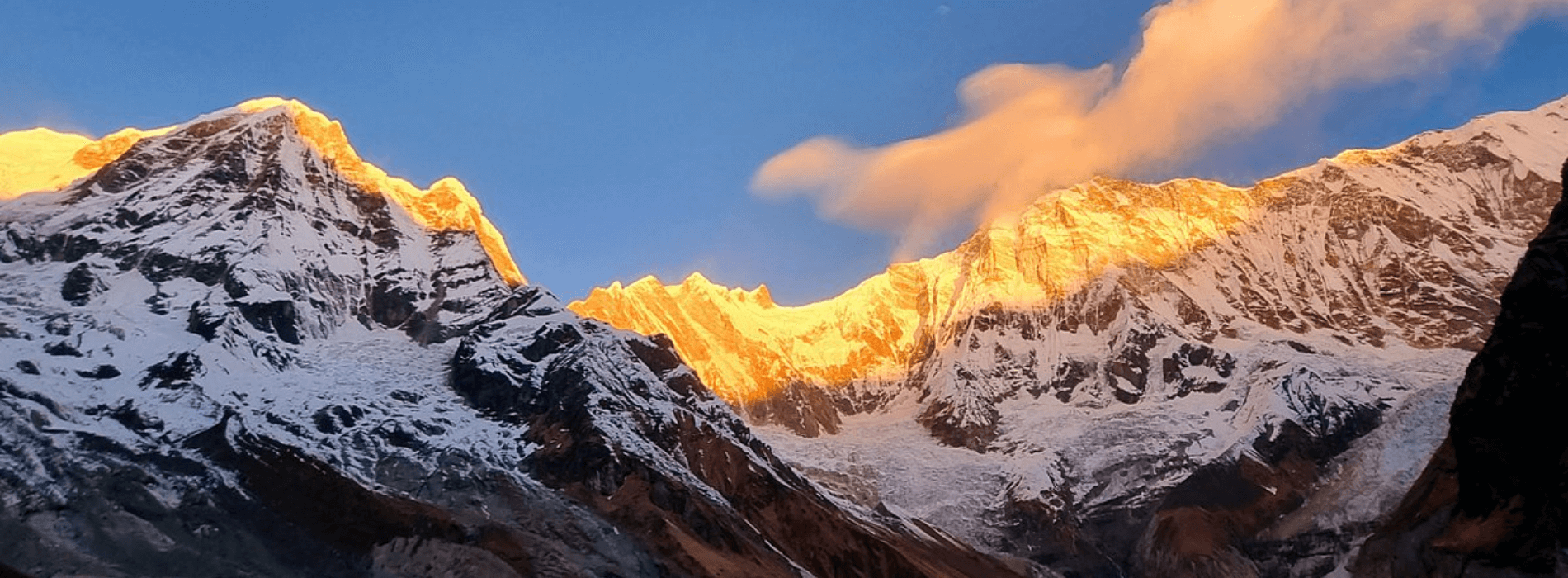
ANNAPURNA BASE CAMP TREK 10 DAYS
This 10 days Annapurna Base Camp (ABC) trek brings you into the heart of Nepal's Himalayas from the very being of the hike. With so many snow-capped peaks on the show, it is no surprise this one-week-...
Annapurna Base Camp Trekking packages
14 Days Annapurna Base Camp Trek
13 Days Annapurna Base Camp Trek
12 Days Annapurna Base Camp Trek
9 Days Annapurna Base Camp Trek
7 Days Annapurna Base Camp Trek
6 Days Annapurna Base Camp Trek

ANNAPURNA BASE CAMP TREK 9 DAYS
The Annapurna Base Camp (ABC) (4130m) is also known as the "Annapurna Sanctuary Trek". This trek promises “in-your-face” unprecedented views of colossal Himalaya ranges, which include Hiunchuli, Macha...
Any Questions? Let Us Know.
Recent Posts
17th June, 2025


















